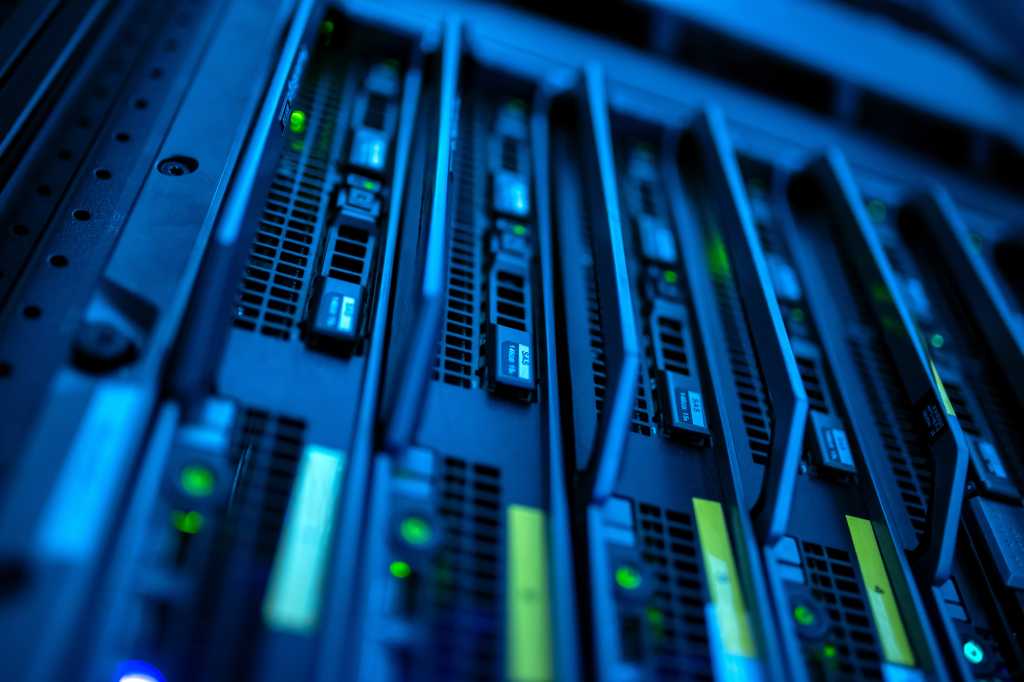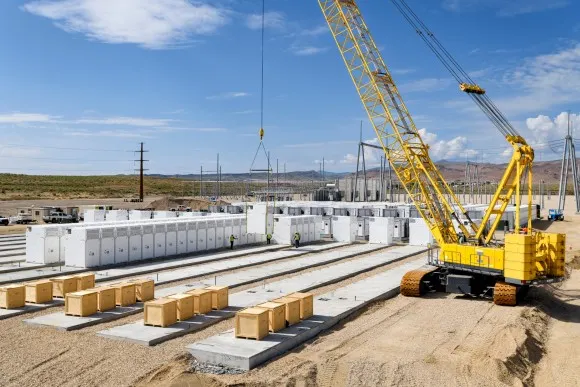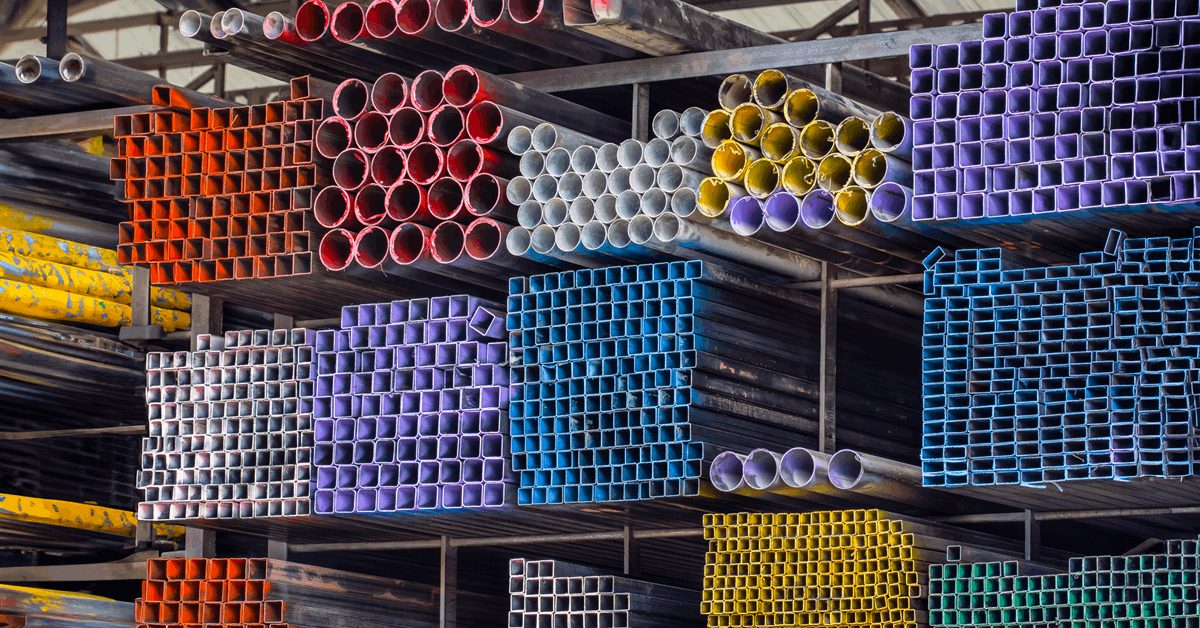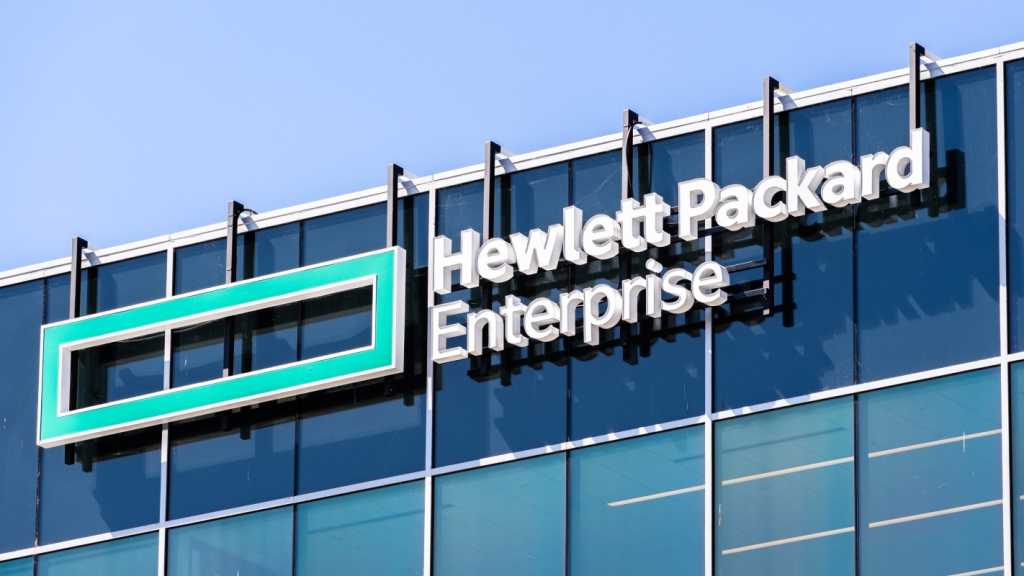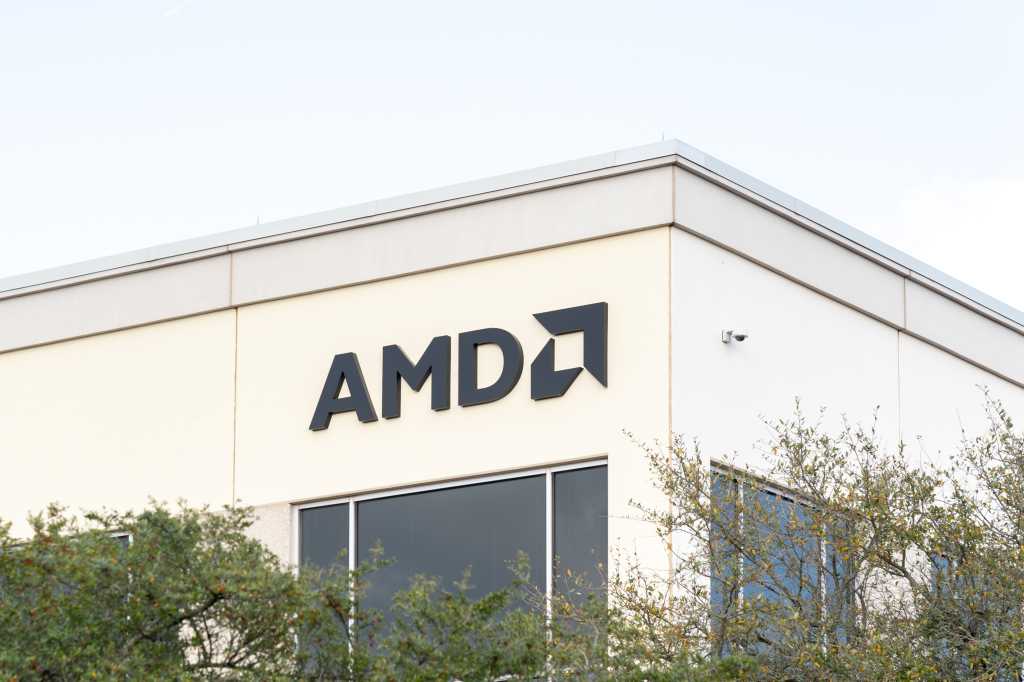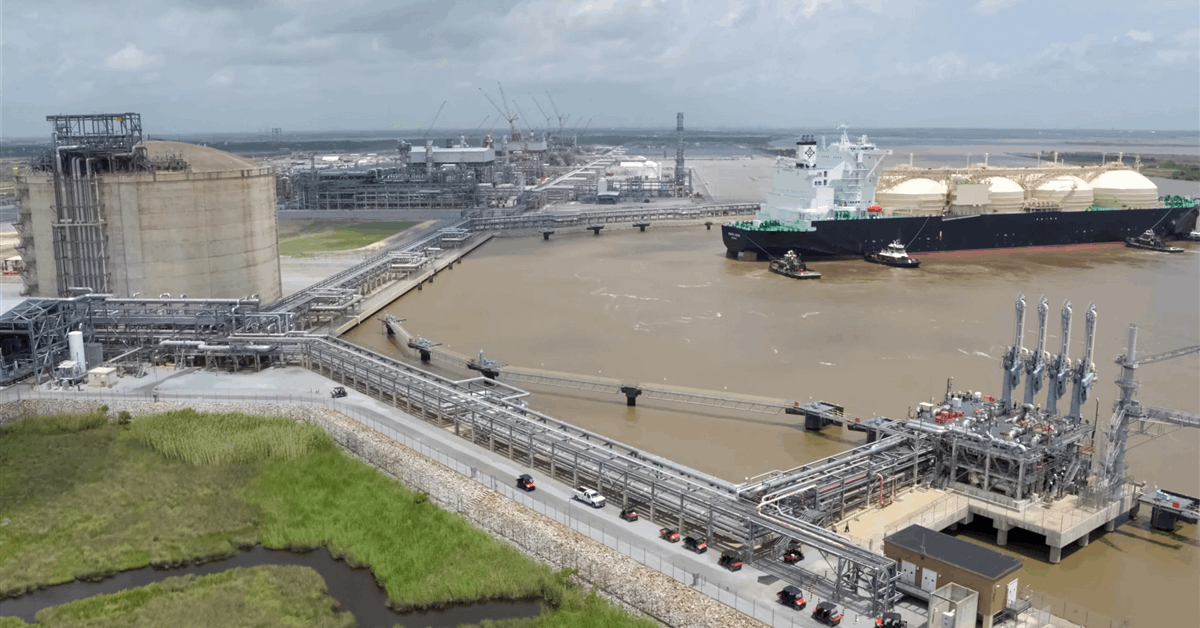
Woodside Energy Group Ltd. has completed the farm-down of a 40 percent stake in its under-construction Louisiana LNG project in Calcasieu Parish to Stonepeak Partners LP.
“Under the transaction, Stonepeak will provide US$5.7 billion towards the expected capital expenditure for the foundation development of Louisiana LNG on an accelerated basis, contributing 75 percent of project capital expenditure in both 2025 and 2026”, a joint statement said Tuesday.
Woodside made a final investment decision (FID) last April, estimating the gross capital expenditure to be $17.5 billion. The FID approved phase 1, which involves three liquefaction trains with a combined capacity of 16.5 million metric tons per annum (MMtpa).
Louisiana LNG holds an Energy Department permit to export a cumulative 1.42 trillion cubic feet a year of natural gas equivalent, or 27.6 MMtpa of LNG according to Woodside, to both FTA and non-FTA countries.
“The closing payment of approximately US$1.9 billion received by Woodside reflects Stonepeak’s 75 percent share of capex funding incurred since the effective date of 1 January 2025”, Tuesday’s statement said.
Woodside chief executive Meg O’Neill commented, “Our partnership with Stonepeak reflects the attractiveness of Louisiana LNG and was a key milestone towards achieving a successful final investment decision”.
“The accelerated capital contribution from Stonepeak enhances Louisiana LNG project returns and strengthens our capacity for shareholder returns ahead of first cargo from the Scarborough Energy Project in Western Australia, targeted for the second half of 2026”, O’Neill added.
“We continue to see strong interest from additional potential partners in Louisiana LNG”.
Days earlier Woodside announced offtakes for Louisiana LNG and the Scarborough Energy Project. In the latter, gas from the Scarborough field will be processed at Pluto LNG, where Woodside is building a second train. Pluto train 2 is designed to produce around five MMtpa of LNG. It is expected to start LNG production 2026. It will also include domestic gas infrastructure able to supply up to 225 terajoules a day to Western Australia, according to Woodside.
On Monday Woodside announced a heads of agreement to supply LNG to Japanese power utility JERA Co. Inc. in the winter months for at least five years. The supply will come from Woodside’s LNG portfolio including the Scarborough-Pluto LNG project.
Under the deal, Woodside will deliver LNG to Japan between the months of December and February from 2027. Three cargoes totaling about 200,000 metric tons will be delivered per year.
Earlier this month Woodside and Malaysia’s Petroliam Nasional Bhd. signed a head of agreements for one MMtpa of LNG from Woodside’s global portfolio, including Louisiana LNG, for 15 years. Delivery is set to start 2028.
To contact the author, email [email protected]
What do you think? We’d love to hear from you, join the conversation on the
Rigzone Energy Network.
The Rigzone Energy Network is a new social experience created for you and all energy professionals to Speak Up about our industry, share knowledge, connect with peers and industry insiders and engage in a professional community that will empower your career in energy.
MORE FROM THIS AUTHOR


